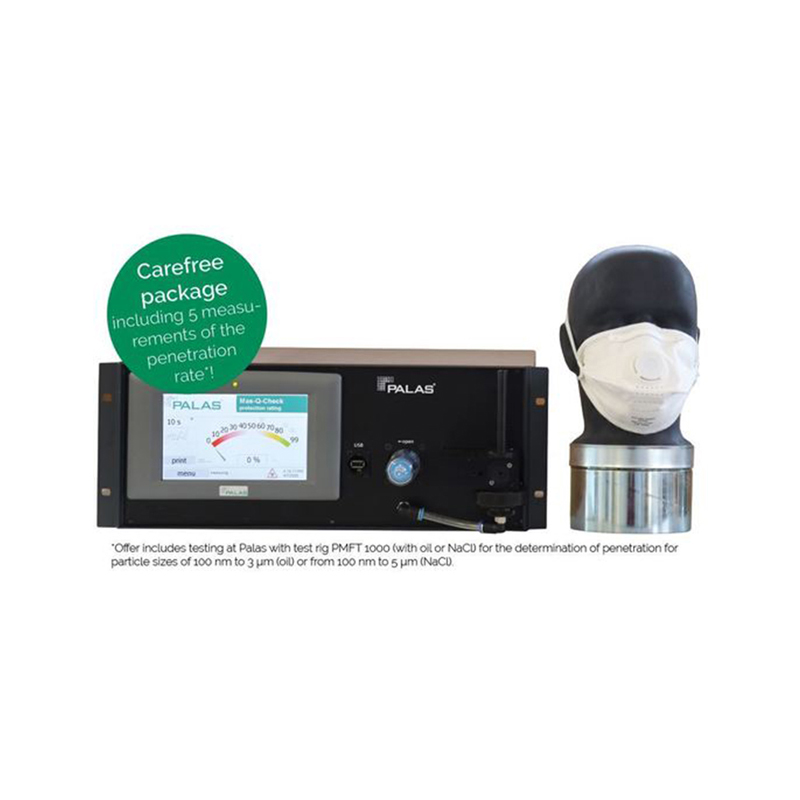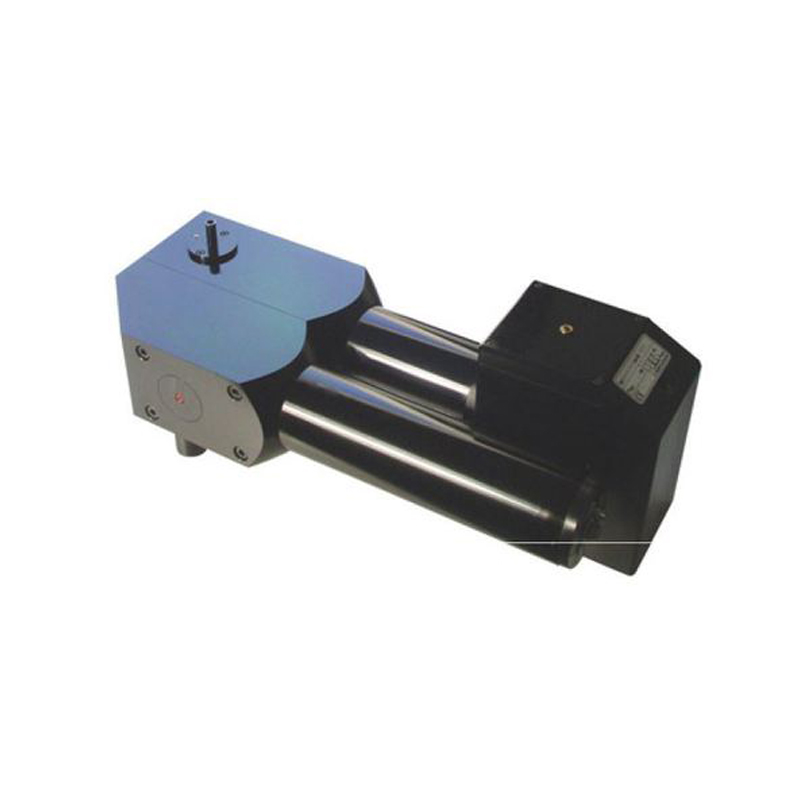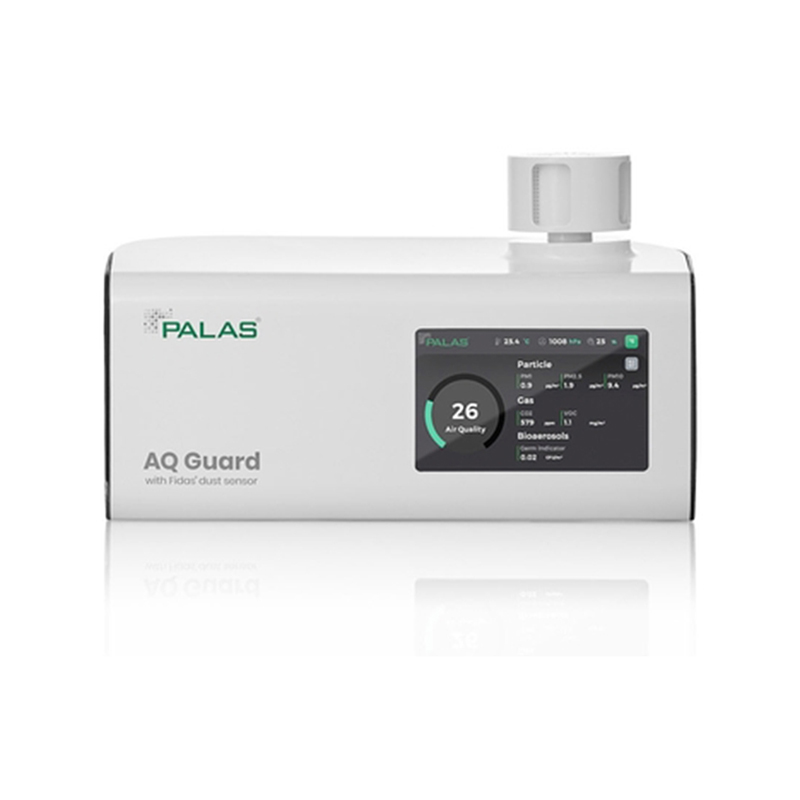Description
(Fig. above: Fidas® Fly 100 in an exemplary housing)
Fidas® Fly 100 was developed as a real-time dust monitor for battery operation capable of flying and is characterized by its significantly low total weight of only 1400 g (900 g without battery) .
Due to its low weight and the compact dimensions of approx. 24 • 15 • 9 cm, the integration of the Fidas® Fly 100 in any desired drone or any other carrier system is easily possible. Because of this high flexibility, plenty of possible applications are imaginable – especially at measurement sites difficult to access.
The integrated battery allows for an self-sustaining measuring time of up to 6 h. As an alternate the integration of the measuring system in the power supply of the carrier unit is also possible.
Fidas® Fly 100 enables the continuous and simultaneous measurement of environmentally relevant mass fractions PM1, PM2.5, PM4, PM10, TSP or respirable, thoracic, and inhalable mass fractions as per DIN EN 481. In addition the particle number concentration as well as the particle size distribution in up to 64 size classes within the particle size range of 0.18 – 18 μm or 0.5 – 40 μm is determined.
The Fidas® Fly 100 uses the recognized measurement technology of optical light scattering of single particles and is equipped with an LED light source with high intensity (dpmin = 180 nm), highly stable output and long lifetime. The calibration of the system can be checked and adjusted, if necessary, easily and quickly also under field conditions on site at any time with the help of a monodisperse test powder.
The Fidas® Fly 100 operates with a volume flow of 1.4 l/min.
The Fidas® Fly 100 is equipped with a CPU with 32 GB buffer and WLAN support.
Measuring principle
The actual aerosol sensor is an optical aerosol spectrometer that determines the particle size using Lorenz‐Mie scattered light analysis of single particles. The single particles move through an optically differentiated measurement volume that is homogeneously illuminated with white light. Each particle generates a scattered light impulse that is detected at an angle of 85° to 95° degrees. The particle number is measured based on the number of scattered light impulses. The level of the scattered light impulse is a measure of the particle size diameter.
The lower detection limit for immission measurement was able to be reduced to 180 nm through improved optics, higher light density using a new white LED as the light source, and improved signal analysis (logarithmic analog digital converter). This enables greatly improved detection, especially of smaller particles, which are mainly found at high concentrations near roadsides (see Fig. 1).

Fig. 1: Higher sensitivity with the Fidas® fine dust measurement system for the 0.18 – 18 µm particle size range
The better the classification accuracy and the resolution capacity, the more accurate the definition of the particle size distribution.
Using a white light source enables a precise and unambiguous calibration curve to be obtained, resulting in an extremely high size resolution. The patented T-stop provides a precisely defined optical measurement volume and enables particle measurement without border-zone errors, resulting in a precise size measurement. The new digitized electronic signal analysis system enables the rapid identification and correction of coincidence, as necessary.

Fig. 2: Comparison of the algorithms for conversion of the particle size distribution by PM values
In order to convert the measured values into a mass or mass fraction, the high-resolution particle size distribution in each value is multiplied by a correlation factor that reflects the different sources (e.g. combustion aerosols, tire wear, pollen) of the environmental aerosol (see Fig. 2). A mass fraction is obtained by additionally applying the separation curve (see DIN EN 481) to the determined particle size distribution. Multiple separation curves can be used simultaneously for the same size distribution, which enables the simultaneous output of PM10, PM2.5, PM1 (and others). For example the Fidas® Fly 100 can be operated with the same conversion algorithm, which has also been implemented in the type-approved and certified ambient air monitoring system Fidas® 200 for regulatory monitoring of ambient PM2.5 and PM10 concentrations.
The delivered software allows for manifold evaluations and presentations of the measured data.

Fig. 3: Typical use of Fidas® Fly 100




